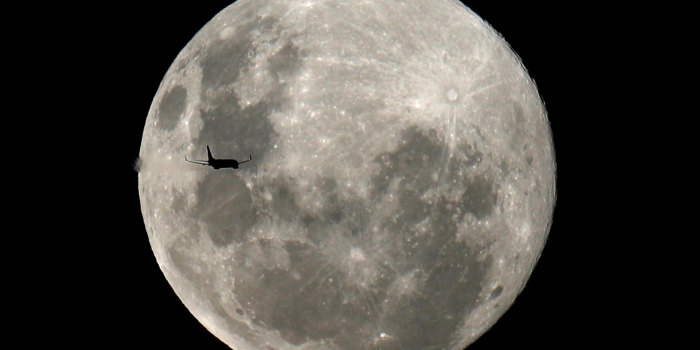NASA has been tasked by the White House’s Office of Science and Technology Policy (OSTP) for establishing a single, universal standard of time for all celestial bodies, including the moon.
The OSTP gave NASA and other government organizations the mandate to work together to create a strategy by the end of 2026 for implementing Coordinated Lunar Time (LTC). This step is crucial due to variations in gravitational force and other elements affecting how time is perceived on planetary systems, especially considering the lunar missions to maintain time coherence.
NASA’s Space Communications and Navigation Chief, Kevin Coggins, emphasizes the need for LTC for lunar spacecraft and satellites, pointing out that Earth and the moon have different perceptions of time. Moreover, OSTP chief Arati Prabhakar also puts emphasis on the necessity of a uniform lunar time system.

In addition, LTC is even more necessary considering NASA’s Artemis mission, which intends to send humans back to the moon and build a lunar base. A standard time is essential for safe data transfers, coordinated communications, and precise mapping because multiple nations and businesses are involved in lunar exploration missions.
The planned LTC standard, which depends on atomic clocks for precision, is comparable to the Coordinated Universal Time (UTC) used on Earth. To maintain precise timekeeping in the lunar environment, atomic clocks may need to be placed on the moon’s surface. LTC will be essential in managing logistics for lunar commerce and coordinating operations as commercial activities move closer to the moon.

While the US takes the lead in developing such time standards, collaboration across spacefaring countries is crucial. Notwithstanding obstacles from competitors such as China and Russia, the establishment of LTC fits in to promote global cooperation in space exploration.


